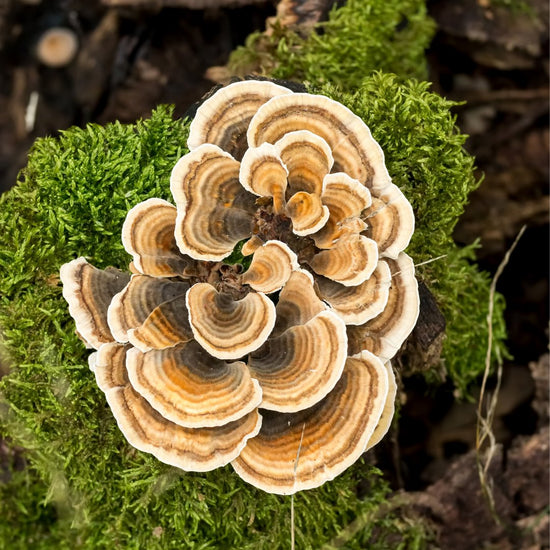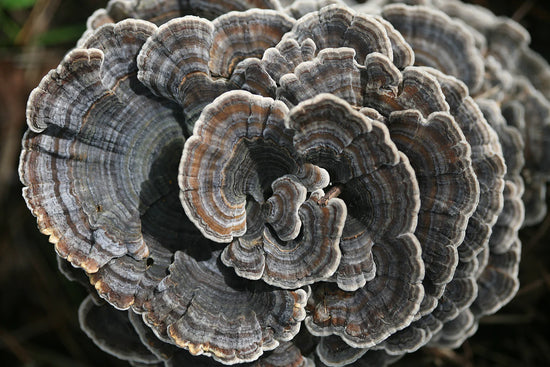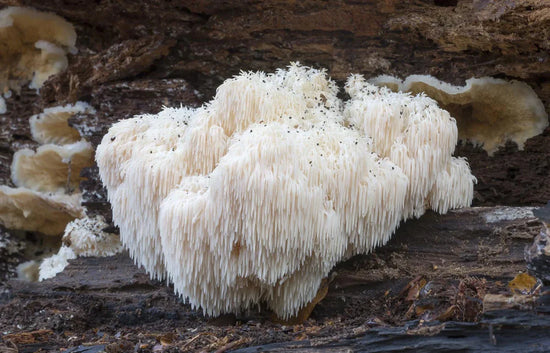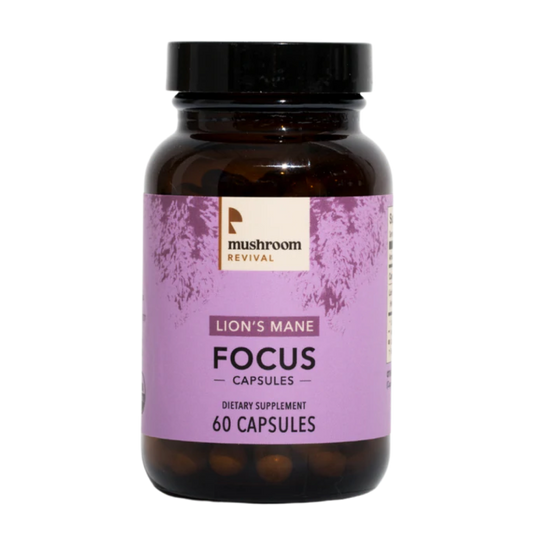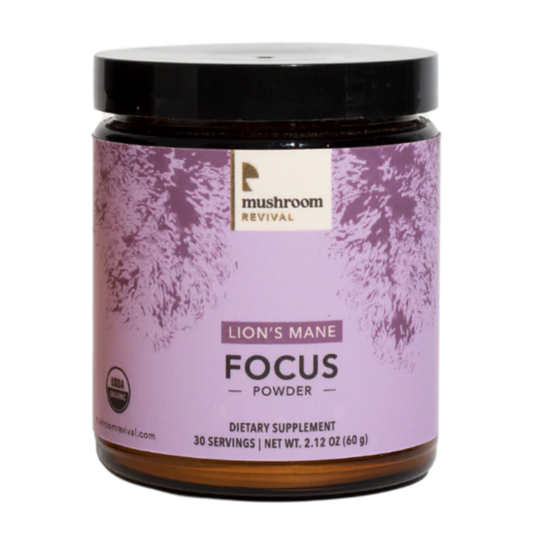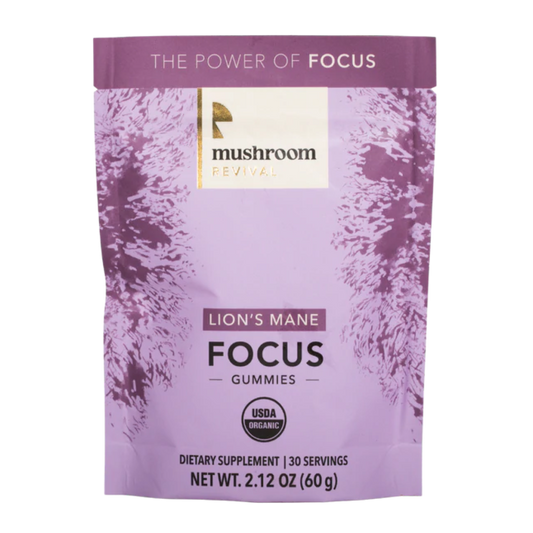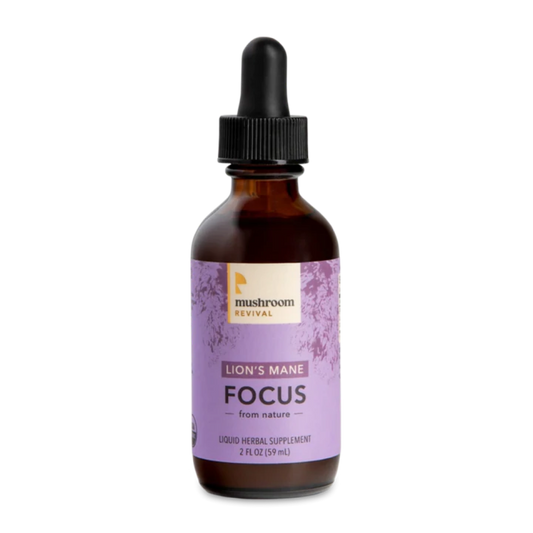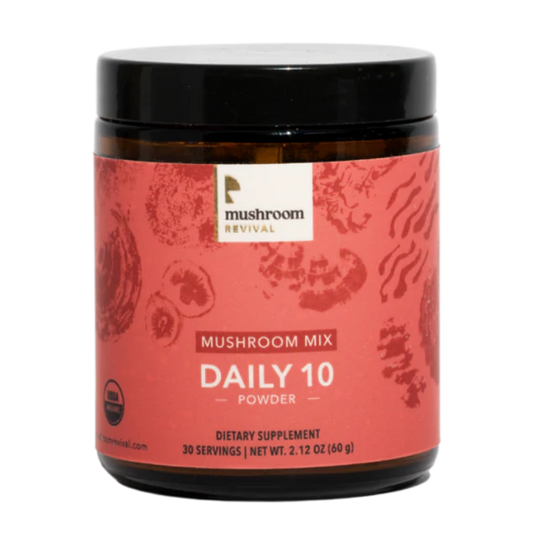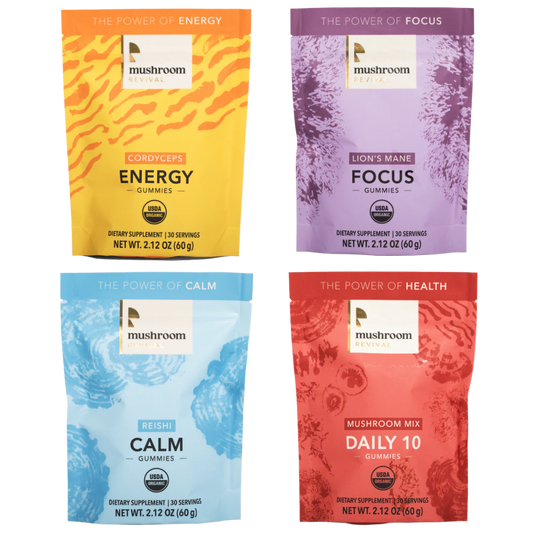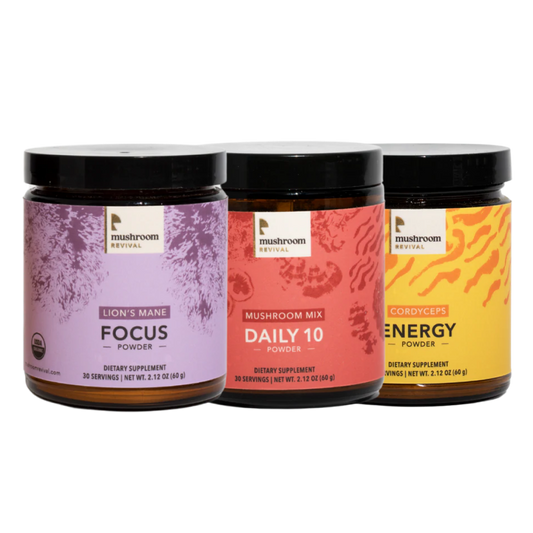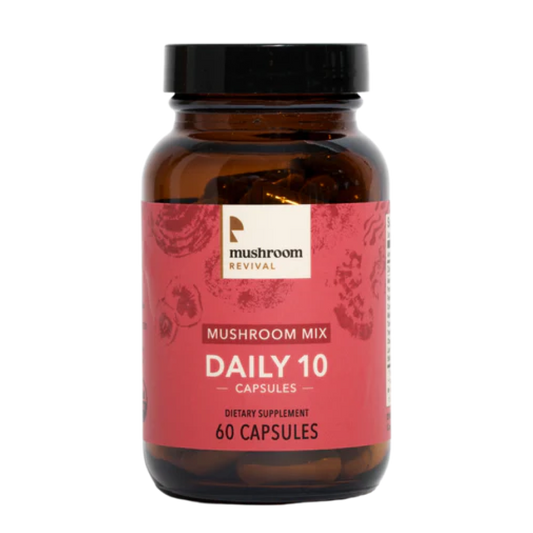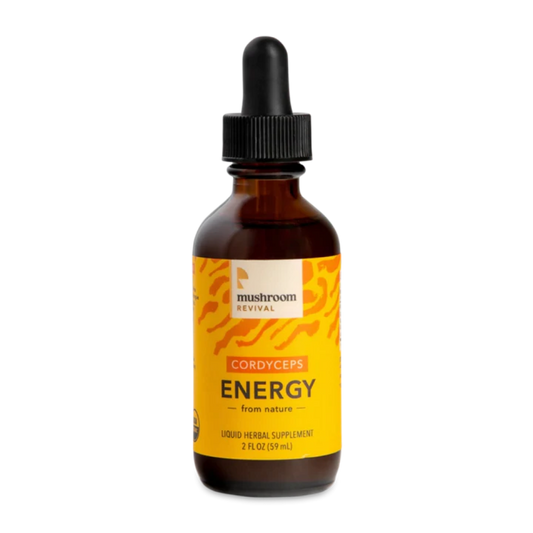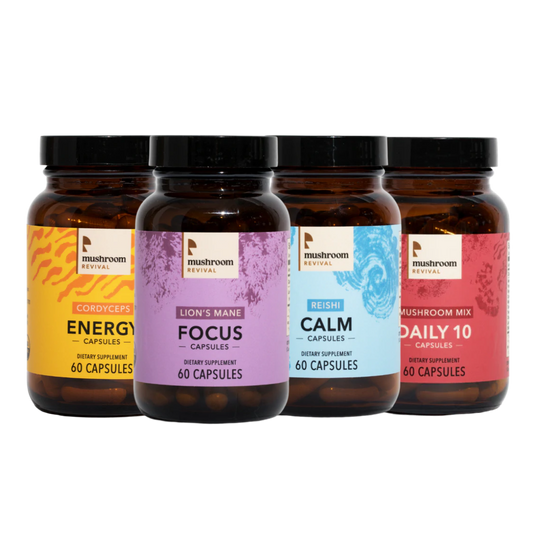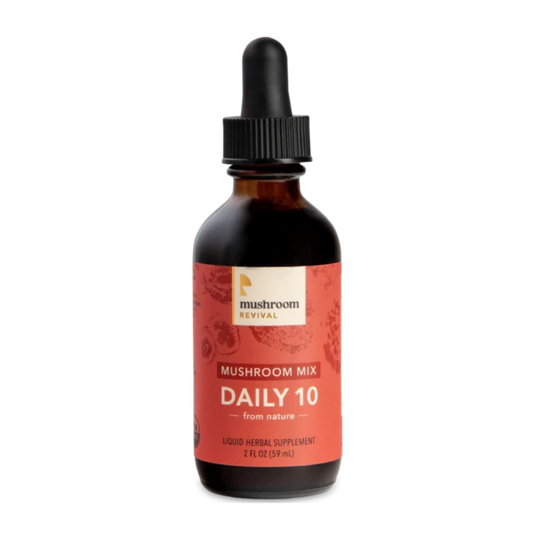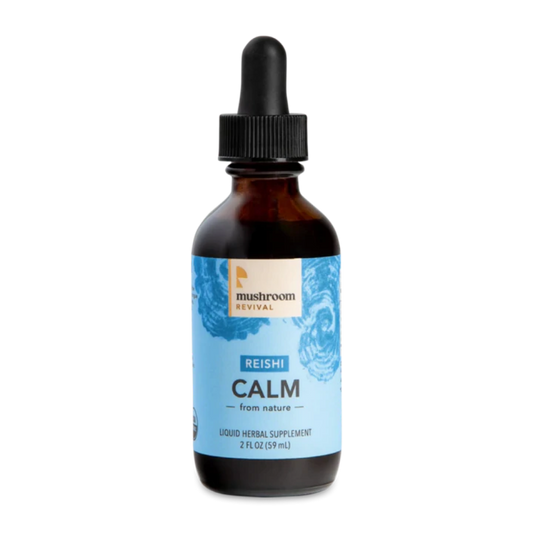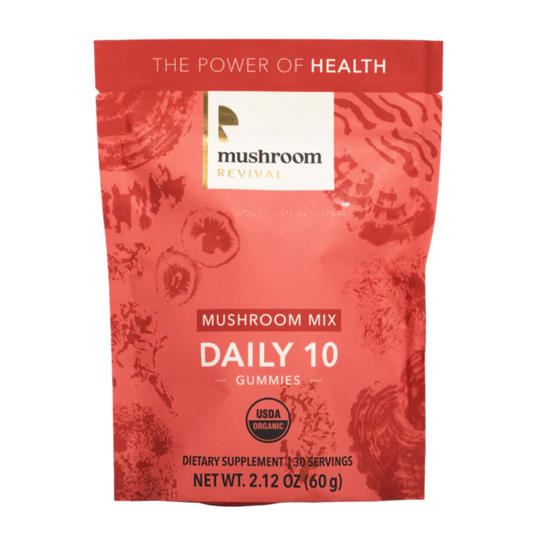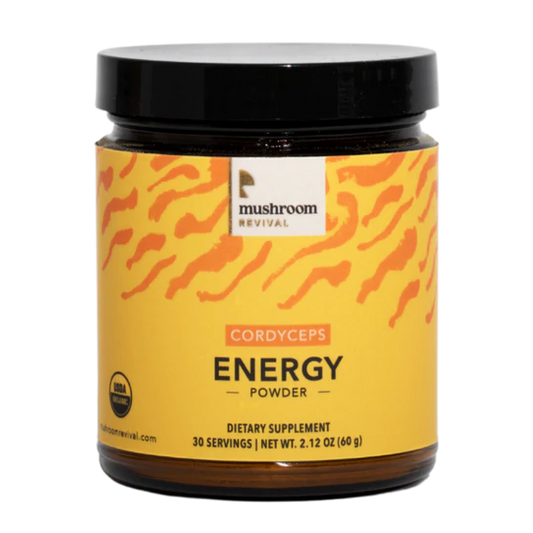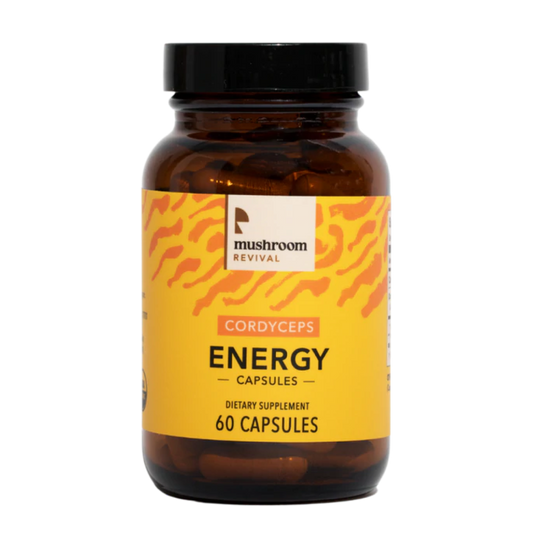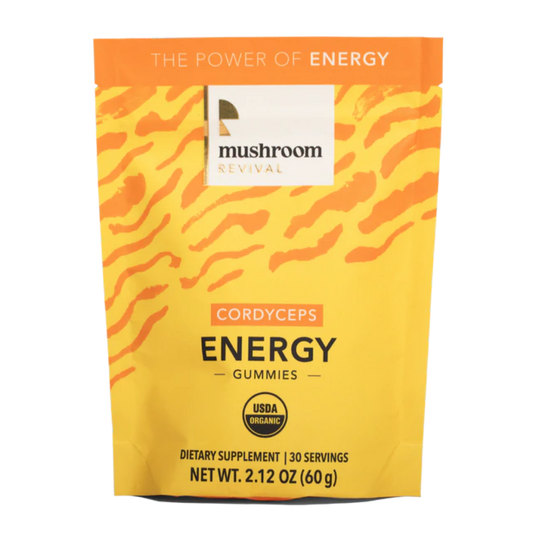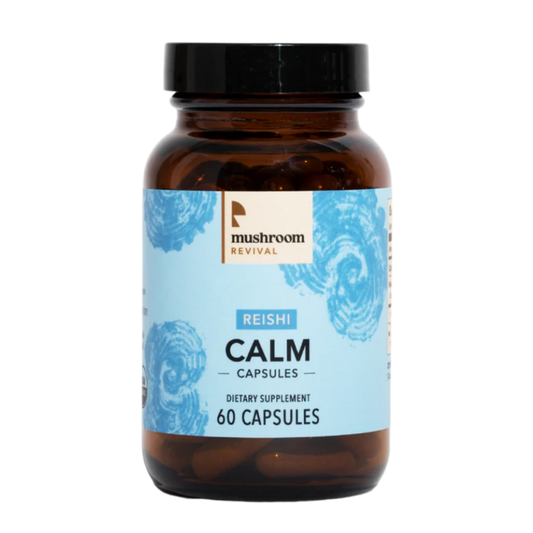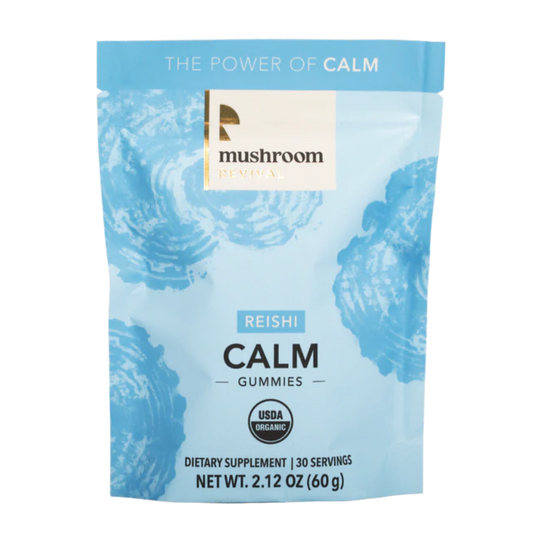Why We Use Lion’s Mane Fruiting Bodies & Not Lion’s Mane Mycelium
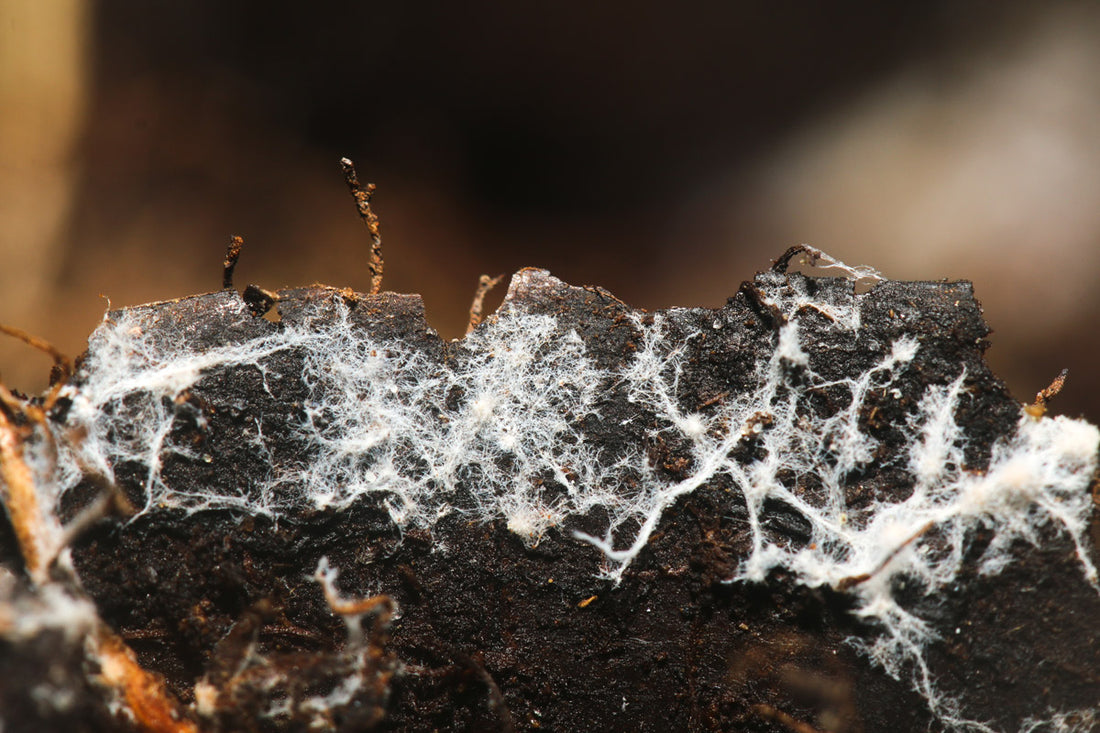
When it comes to supporting brain health, picking our favorite mushroom is, well, a no-brainer.* Lion’s Mane mushroom is always our top pick. (Find out more about the best mushrooms for brain health.*) We love that not only can you forage Lion’s Mane fruiting bodies in the forest in many parts of the country, but more farmers are cultivating it — so you can often enjoy it as a tasty meal, too. But when it comes to supplements, we’ve noticed a trend that we wanted to discuss: Lion’s Mane mycelium is not the same quality or potency as Lion’s Mane fruiting bodies.
We never use mycelium in our products — from Reishi for relaxation to Cordyceps Militaris for energy, you’re always getting Certified Organic fruiting bodies.
What is Lion’s Mane Mycelium?
Let’s start by saying: For the mushroom, mycelium is quite valuable. This part forms a dense network underground, like tree roots, and sets the stage so that a mushroom can grow in a specific environment.
Lion’s Mane mycelium is usually invisible to our eyes — it’s working its mushroom magic underground or in a log or in a tree. But while Lion’s Mane mycelium is necessary for the survival of the mushroom, it’s not traditionally used to support your health.* When you search the annals of herbal history, you find that the fruiting bodies were always used for thousands of years.
This article from Scientific American explains just how cool mycelium is. But this mushroom “scaffolding” isn’t what you want in your supplements.
Why You Want Fruiting Bodies — Not Lion’s Mane Mycelium
Fruiting bodies are the above-ground parts of a mushroom. These are the parts you might recognize as a “mushroom.” Lion’s Mane fruiting bodies are the fluffy white part you see growing from a tree.
In the US, it’s both cheaper, easier and quicker to grow mycelium on filler substrates like grain than it is to grow fruiting bodies. That’s why so many products and supplements use Lion’s Mane mycelium. But cheaper, quicker and easier (especially with lots of filler) are not what you want when it comes to your well-being.
Think of it like this: Why would you eat lettuce roots instead of waiting for the whole head of greens to grow? And with Lion’s Mane mycelium grown on grain, it’s impossible to separate the mycelium from the grain, so you get a diluted mushroom product. (It’s like tempeh — once the soybeans have been inoculated, you can’t separate the beans from the cultures.). There is a way companies can grow pure mycelium without the grains in something called a bioreactor, but again it's much cheaper for them to grow it on a cheap grain like rice or oats as a filler, and blend it all together.
In the photo on this post, you’ll see the big white fruiting body — with the mycelium behind it. Which one would you think is more potent?
As stated above, the mycelium or roots typically have up to 70-90% grain filler and are lacking a lot of the main functional compounds. To put our science hat on, Lion’s mane mycelium is missing the hericenones, Dilinoleoyl-phosphatidylethanolamine (DLPE), amyloban, amycenone, 3-Hydroxyhericenone F, Hericenes, Hericerins, and erinacerins which are well studied compounds for supporting nerve growth factor and all around cognitive health. The actual fruiting bodies also have up to 29 times more 1,3 1,6 beta glucans which are well studied for supporting immune health. This is the reason why we only use 100% fruiting bodies in our products at Mushroom Revival, so you don’t have to worry about the product missing the good stuff, being full of fluff or fillers, or being extremely watered down.
Quick Review: Lion’s Mane Benefits*
Take one look at this mushroom, and you may know why it’s used: It looks like a brain (sort of) and that’s its main use, traditionally and according to modern research.*
Lion’s Mane fruiting bodies also:
- Supports mental clarity, focus and memory*
- Supports optimal nervous and immune system health*
- Supports cerebral and nervous system support*
- Supports cognitive function*
What to Know Before You Buy
Beyond ensuring you’re getting a tincture made with Lion’s Mane fruiting bodies — not Lion’s Mane mycelium — you should ask these questions:
1. Is your Lion’s Mane Certified Organic?
Mushrooms can be Certified Organic, but not all of them are. Ours happen to be USDA certified organic and it's something we are very passionate about - high quality products.
To maintain this certification, everything we use must also be organic, from our substrates (the material on which mushrooms are grown) to our cleaning supplies. Every product we sell and every ingredient we use gets assigned a batch number and can be traced.
2. How do you extract your Lion’s Mane?
Mushrooms contain a wide variety of active components, and they need to be extracted for your body to access them. We always double extract our Lion’s Mane. The active compounds in mushrooms are both alcohol-soluble (triterpenes) and water-soluble (beta-glucans). To get full-spectrum support from mushrooms, we extract ours with organic cane alcohol and hot water, then carefully combine the two.
We follow the science and extract our Lion’s Mane (and all mushrooms we use) at the optimal alcohol percentages, temperatures and durations.
3. Has this Lion’s Mane been tested?
Before you buy, check to make sure your Lion’s Mane has been tested to be pure and potent.
Every batch of Lion’s Mane we use goes through lab testing. We test for heavy metals and biological contamination, to ensure the purity of our products. We also check the concentration of active compounds.
Want to try a Lion’s Mane supplement made with 100% fruiting bodies (and never Lion’s Mane mycelium)? Try any of our Certified Organic Lion’s Mane Products For Cognitive Function & Memory.








